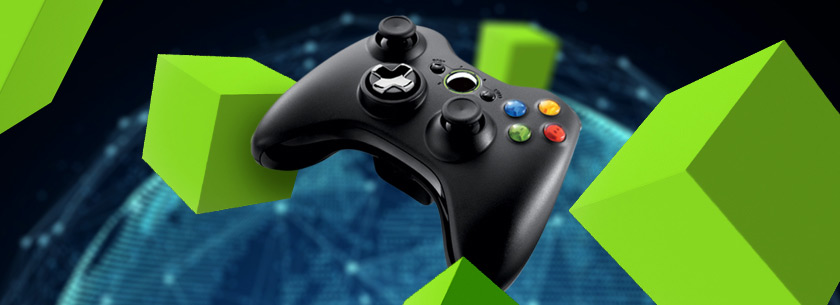
Blockchain technologies are rapidly being introduced to almost all areas of our lives. Finance, public administration, charity, control systems and much more. So no wonder that there were skilled users who decided to try to integrate the blockchain into a phenomenon inextricably linked with digital technologies — computer games.
Why it’s a topical subject
The vast majority of online games operate on a centralised basis. There is a server completely controlled by a game administration. And there are players who are forced to fully rely on its adequacy, which, alas, is not always the case. Not to mention other possible problems specific to centralised networks, such as:
- Numerous malfunctions due to technical errors caused by insufficient server power and code issues.
- Hacks and other hacker attacks
- Periodic and unpredictable shutdowns of central game servers
- Unfair blocking of accounts and resources connected to them
- The opacity of game mechanics and its direct abuse
Yes, even a user agreement protects primarily the interests of the administration and developers, not users. And, alas, for a long time this system had no alternative.
However, with the blockchain technology, it will be possible to take away power from the “privileged group” and distribute it evenly among users who will have the opportunity not only to passively consume a digital product but also to actively change it. At least where it concerns them personally. However, this new way of interacting has both pros and cons.
Pros
- Property control. It is enough to bind certain game elements (currency, objects, skins, characters) to in-game tokens, such as ERC-721, to make them the real property of the player. All this is usually controlled by the game administration and can be wiped at any time.
- Optimization of payments. The gaming economy is fully regulated by the administration. In-game currency prices are set artificially, ignoring a market economy. In addition, a very small percentage of online games supports the conversion of in-game currency to real. In decentralised applications, it is easier.
- Inter-game interaction. Now it is almost impossible to transfer one game currency and assets to another. For decentralised applications running on the same blockchain, this is not such a big problem.
- Honest rules. Developers tend to make changes to the game, guided solely by their own vision. The opinion of the players is considered extremely rarely. With decentralised applications, it won’t work — any change can be made only after the majority approves it. In addition, it is much easier for hackers and cheaters to hack a single server than an ever-changing blockchain.
- Sequels. If the developers consider their game unpromising, its server will be closed, and the players will only have “pirated versions” with a stripped-down code. If a similar situation occurs with a decentralised game, it will live as long as there are people who play it. Someone may even voluntarily assume the responsibility for further development and improvement.
Cons
- Scalability. The more users, the more transactions and procedures. The slower the operation of the entire network. There is a certain limit, after which the game begins to “lag”.
- Low demand. Each game has its own target audience. And attracting new players is extremely difficult and expensive. Blockchain games are good, but very few people know about them.
- Partial centralisation. Despite the active use of in-game ERC-721 tokens, many games still remain centralised and dependent on the central server.
- Simplicity. Multiplayer card games are now the limit for the evolving blockchain technology. They can be interesting and even complex, but there is no talk about beautiful 3D graphics and dynamic active fighting.
- High entry threshold. The more machines the blockchain supports, the better it works. But you need to somehow persuade users to install the “unfinished game” on their computers. And most players are pretty sceptical about “pre-orders”.
- Competition. Indie developers cannot normally compete with large gaming corporations that invest millions in the development and promotion of their products.
As you can see, the situation is ambiguous. That is why there are still very few online games based on the blockchain technology. However, thanks to platforms that allow you to actively invest in decentralised applications, such as Ethereum, the number of such games grow year by year. As an example, the following can be mentioned:
- Decentraland is a decentralised virtual reality platform
- Cryptokitties is a game whose purpose is to collect a variety of kittens. Active in-game economy.
- Mythereum is a multiplayer card-based game where players exchange cards. The style is slightly reminiscent of Magic: The Gathering.
- CryptoZombies. A card game borrowing the style of Plants vs. Zombies
It can be safely stated that the use of blockchain technology in computer games has a future. At least in some industry segments. However, many large-scaled modern MMORPGs could only benefit from a partial implementation of this system. It’s a pity that the gaming industry is no less conservative than banking.




